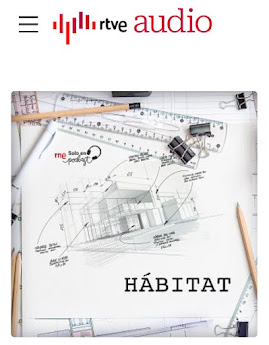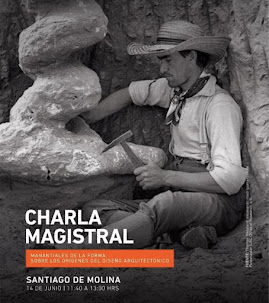Como una carta de ajuste musical, Johann Sebastian Bach compuso el "clave bien temperado" para cada sonido que puede hacerse con un piano o un órgano. Escrito en dos partes, una en 1722 y la otra en 1744, se asemeja a una carta cromática y aspiraba a ofrecer un sistema de afinación “temperado” que rectificara el viejo e imperfecto sistema griego. El conjunto ha pasado a la historia como una obra maestra, no solo como método de afinación. Los ecos de ese sistema de ajuste sonoro aun resuenan en la música culta, tanto como en los beatles, John Williams, cientos de anuncios publicitarios y en cada punteo de guitarra eléctrica de heavy metal.
Cuando la emisión televisiva no era de veinticuatro horas seguidas, se rellenaba el espacio sin programación con una imagen fija que tenía mejor intención y aspecto que la televenta de electrodomésticos y colchones. Una coloreada y particular carta de ajuste diseñada por un ingeniero danés llamado Finn Hendil, con un borde ajedrezado, servía de marco a una parrilla que contenía en su centro un gran círculo lleno de colores. Cada una de sus partes servía para ajustar el tamaño de la imagen, la frecuencia, el color, el contraste y hasta la convergencia del tubo catódico. Su particular diseño pervivió en antena, cada vez más arrinconado en canales secundarios de la parrilla pública, hasta su definitiva desaparición en el año 2005.
La arquitectura se debe a si misma, y más en este tiempo de incertidumbre donde toda obra parece destinada a no poder corroborar su valor, una sencilla carta de ajuste. Si el tiempo de lo canónico pasó, al menos una carta de ajuste nos permitiría ir tirando. Y valdría, para que, cada egotista encumbrado sobre su propio discurso, dejase que la obra contrastase su verdadera relevancia. Cuando cualquiera cree que todo vale lo mismo o que todo "depende", conviene recordar que no es así. Que, como sucede con las opiniones, las hay que están calibradas y nos acercan a una dimensión más profunda de la vida y de la arquitectura, y las hay que son simple ruido edificado, que, en el mejor de los casos, no tiene goteras. Que existe una jerarquía del valor, y del saber, que resulta imperativo defender.
Like a musical test card, Johann Sebastian Bach composed the “well-tempered clavier” for each sound that can be made with a piano or an organ. Written in two parts, one in 1722 and the other in 1744, it resembles a chromatic card and aspired to offer a “tempered” tuning system that rectified the old and imperfect Greek system. The set has gone down in history as a masterpiece, not only as a tuning method. The echoes of that sound adjustment system still resonate in classical music, as well as in the Beatles, John Williams, hundreds of commercials, and in every electric guitar riff of heavy metal.
When television broadcasting was not twenty-four hours straight, the space without programming was filled with a still image that had better intention and appearance than the telesales of appliances and mattresses. A colored and particular test card designed by a Danish engineer named Finn Hendil, with a checkered border, served as a frame for a grid that contained a large circle full of colors in its center. Each of its parts served to adjust the size of the image, the frequency, the color, the contrast, and even the convergence of the cathode tube. Its particular design survived on the air, increasingly cornered on secondary channels of the public grid, until its definitive disappearance in 2005.
Architecture owes itself, and more in this time of uncertainty where every work seems destined to not be able to corroborate its value, a simple test card. If the time of the canonical passed, at least a test card would allow us to keep going. And it would be worth it, so that every egotist perched on his own discourse, let the work contrast its true relevance. When anyone believes that everything is worth the same or that everything “depends”, it is worth remembering that it is not so. That, as with opinions, there are those that are calibrated and bring us closer to a deeper dimension of life and architecture, and there are those that are simple built noise, which, in the best of cases, does not leak. That there is a hierarchy of value, and of knowledge, that it is imperative to defend.
























































































































